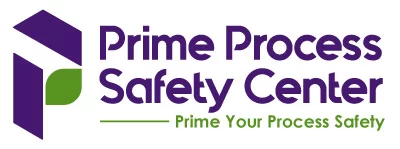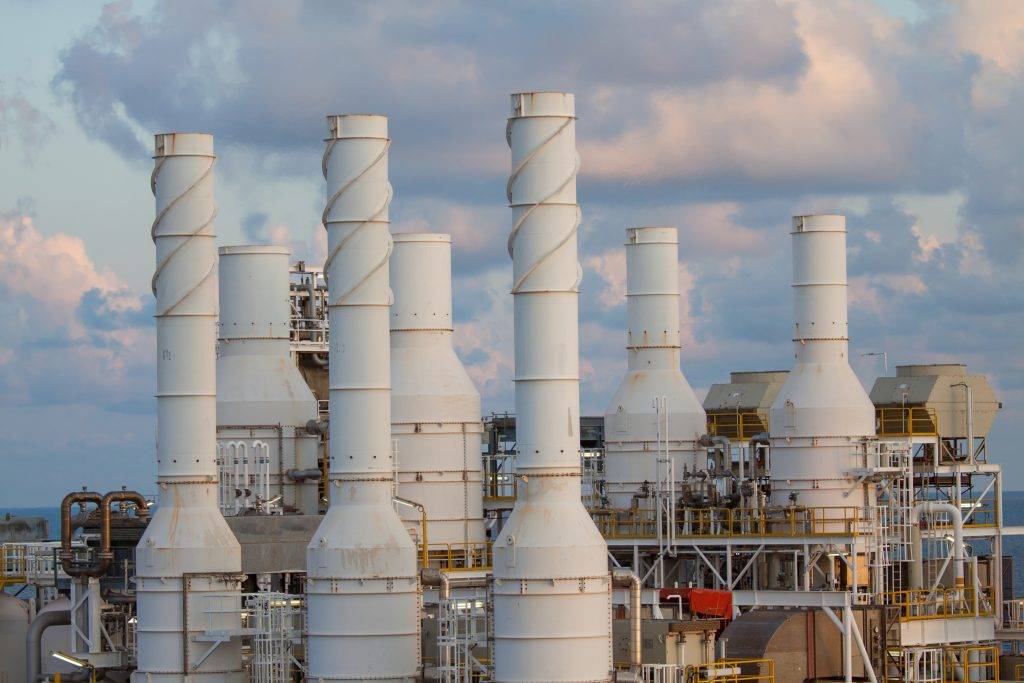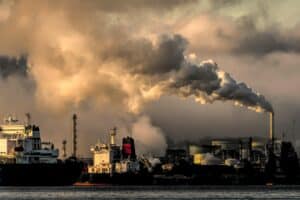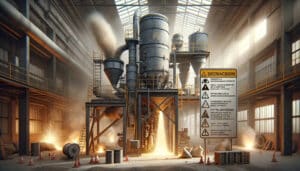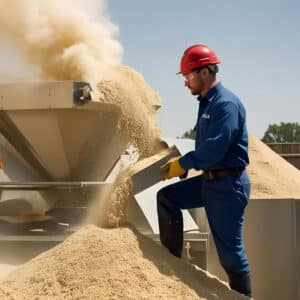We also offer
Emergency Relief Effluent Handling Systems
In industries dealing with hazardous materials, emergency relief effluent handling systems play a critical role in maintaining process safety and environmental compliance. These systems are designed to handle the release of chemicals or contaminants during emergency relief scenarios, preventing harm to personnel and the environment.
It is essential to design an effective emergency relief effluent handling system that can mitigate risks and ensure compliance in potentially hazardous situations.
Understanding Emergency Relief Effluent
Emergency relief effluent refers to the release of hazardous substances or materials during emergency relief events. Examples include spills, leaks, or discharges resulting from overpressure or system failures.
These incidents can release harmful substances into the surrounding environment, posing risks to human health and ecological balance. Therefore, designing an efficient and reliable emergency relief effluent handling system is crucial to minimize these hazards.
Design Considerations
When designing an emergency relief effluent handling system, several key factors must be considered to ensure its effectiveness and compliance with safety regulations:
-
Effluent Characteristics:
Understanding the nature, composition, and behavior of the effluent is essential. Factors such as phase (liquid, gas, or multiphase), corrosiveness, reactivity, toxicity, temperature, and pressure influence the system design and material selection. -
Regulations and Standards:
Compliance with local, regional, and international regulations is critical. Regulatory bodies such as the Environmental Protection Agency (EPA) and the Occupational Safety and Health Administration (OSHA) provide guidelines for designing emergency relief effluent handling systems. Adherence to these standards protects human health and the environment while avoiding fines and legal implications. -
Containment and Collection:
The system must efficiently collect and divert the released effluent to a controlled and contained location. This prevents its spread and minimizes the impact on workers and the environment. Containment methods may include catch tanks, cyclone separators, quench pools, emergency basins, or trenches, and may integrate with emergency response systems or chemical neutralization units. -
Emergency Response Equipment:
Equipping the system with appropriate response equipment—such as pumps, transfer hoses, and leak containment devices—enhances its ability to safely control hazardous releases. This equipment should be readily accessible, easy to operate, and regularly maintained. -
Monitoring and Alarm Systems:
Incorporating monitoring and alarm systems increases the reliability of the design. Continuous monitoring of parameters like effluent flow rate, pressure, temperature, pH, and gas concentration provides early warning of leaks or abnormalities. Automated alarms help trigger immediate response actions, reducing escalation risk.
Why Design Effluent Handling Systems?
Effluent handling systems play a crucial role in the design of emergency relief systems for runaway reactions in industrial operations. During a runaway reaction, the production of hazardous substances can escalate rapidly, posing significant risks to both plant personnel and the environment.
Designing an effective effluent handling system as part of the emergency relief process ensures the safe containment, treatment, and disposal of these hazardous materials. The system is specifically designed to capture and treat effluentsgenerated during emergency relief, preventing their release into the surroundings.
By incorporating a well-designed effluent handling system, industries can:
-
Minimize the impact of potential accidents
-
Protect the environment and human health
-
Ensure operational safety and regulatory compliance
Effluent handling system design considers key factors such as:
-
Quantity and composition of effluents
-
Appropriate containment and treatment equipment
-
Compliance with relevant safety and environmental standards
With an optimized design, industries are better equipped to handle emergencies and mitigate the risks associated with runaway reactions.
Why Choose Prime Process Safety Center
Expertise:
Our team has extensive experience and technical expertise in designing effluent handling systems for emergency relief applications. We understand the complexities involved and ensure that each system meets all relevant industry standards and regulations.
Safety:
We prioritize safety and environmental protection in our designs. Our effluent handling systems are built to effectively contain, treat, and dispose of hazardous materials during emergency scenarios, minimizing risk to personnel and surrounding communities.
Compliance:
Our team stays up to date with evolving regulations and industry codes to guarantee that every design meets or exceeds the required safety and environmental standards.
Customization:
Every facility has unique needs. We work closely with clients to develop customized solutions tailored to their specific processes, materials, and risk profiles.
Efficiency:
Our designs are optimized for operational efficiency and cost-effectiveness, minimizing footprint and energy consumption while ensuring high reliability and performance.
FAQ
Q1: What is an effluent handling system?
A1: An effluent handling system is a system designed to safely contain, treat, and dispose of hazardous substances produced during emergency relief situations, such as runaway reactions.
Q2: Why is an effluent handling system important for emergency relief systems?
A2: The effluent handling system plays a crucial role in preventing the release of hazardous substances into the environment during emergency situations, protecting both personnel and the surrounding area from potential harm.
Q3: How is an effluent handling system designed?
A3: Designing an effluent handling system involves understanding the nature of the substances involved, their potential reactions, and regulatory requirements. The system is then designed to effectively contain, treat, and dispose of the effluent in a safe and compliant manner.
Q4: What regulatory requirements apply to effluent handling systems?
A4: Different regions and industries have specific regulatory standards that must be adhered to. These standards usually cover containment, treatment, and disposal processes, as well as monitoring and reporting requirements.
Q5: Can an effluent handling system be tailored to specific facilities and processes?
A5: Yes, effluent handling systems are designed to be customized based on the unique needs and challenges of each facility. Factors such as facility layout, size, substance properties, and probable scenarios are considered to ensure an optimal solution.
Q6: How can an effluent handling system be optimized for efficiency?
A6: Efficiency in an effluent handling system can be achieved through the use of advanced technologies, effective waste segregation, optimized treatment processes, and energy-saving equipment. Minimizing waste generation and optimizing resource usage also contribute to efficiency.
Q7: What level of expertise is required to design and implement an effluent handling system?
A7: Designing and implementing an effluent handling system requires a team of experts with knowledge in process engineering, environmental engineering, and regulatory compliance. Experience in handling similar emergency situations is also crucial.
Q8: How do effluent handling systems ensure the safety of personnel?
A8: Effluent handling systems help prevent the release of hazardous substances, reducing the potential risks to personnel. Proper containment, effective ventilation, and personal protective equipment (PPE) can further enhance on-site safety.
Q9: What ongoing maintenance and operational requirements do effluent handling systems have?
A9: Effluent handling systems require regular inspections, preventive maintenance, and calibration of monitoring equipment. Operational procedures, training programs, and emergency response protocols should also be in place.
Q10: Is ongoing support available for effluent handling systems?
A10: Most reputable service providers offer ongoing support, including training programs, troubleshooting assistance, and periodic review of system performance to ensure it remains effective and compliant.

